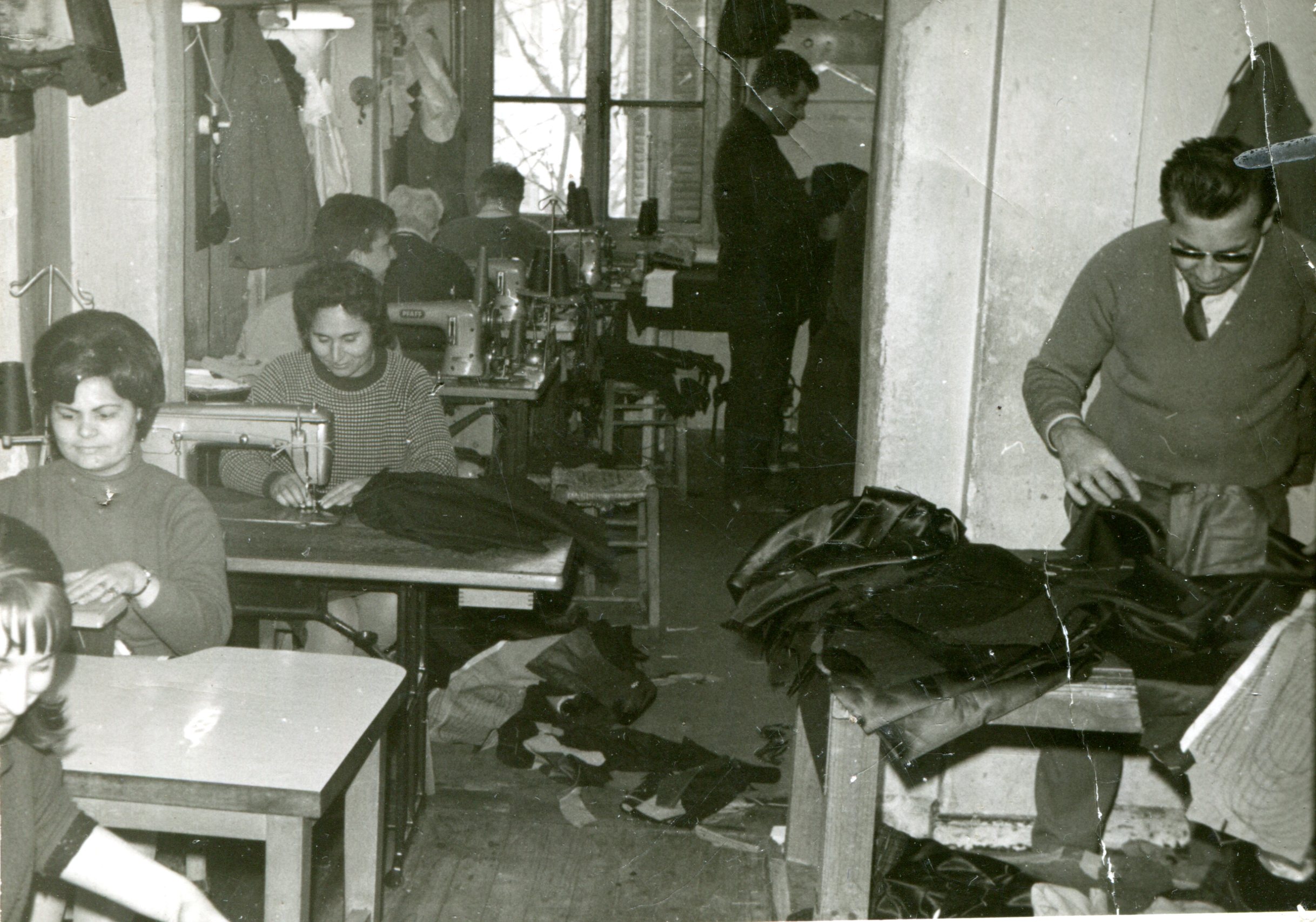Choristi, Drama – Thessaloniki: a family history of post-war migration
City
Migration Period
City Narratives
Full Description
This is a short family history of post-war internal migration, a population movement which has not been extensively studied by modern historiography, even though it radically transformed Greek cities, primarily Athens, but also Thessaloniki. The latter experienced rapid population growth from 1951 to 1971, with its population almost doubling from 302,635 to 557,360. The majority of the population which moved to Thessaloniki at that time settled primarily in the western suburbs and consisted mainly of internal migrants from the Macedonian mainland.
There were multiple factors driving this migration wave. The previous decade, a decade of wars, had left its mark on rural Greece. The intense urbanisation that followed was the outcome of a combination of circumstances: widespread poverty in the agricultural sector, the enforcement of suffocating social control by the authoritarian nationalist state (particularly felt in northern Greece), as well as wider cultural and social transformations. However, more social history research is needed so that the causes and methods of this movement can be investigated in depth.
This migration story begins in the village of Choristi, just outside Drama. It was one of the few exclusively Greek-speaking villages in the area and it experienced significant cultural activity during the Macedonian Struggle. During the interwar period, Choristi became an important hub for local tobacco workers, a development which resulted in a large portion of the population joining the communist and labour movement. In the Parliamentary election of 1936, 60,2% of the residents of Choristi voted for the People’s Front communist coalition (‘Pallaiko Metopo’). During the Drama uprising of 1941 and the retaliation on behalf of the Bulgarian authorities, Choristi mourned 147 fatalities.
This is where Anestis Mavromatis was born in 1927. He escaped the retaliation of the Bulgarian command in 1941 because he was wearing shorts, indicating his young age, but his older brother, Kostas, was not so lucky. Vasiliki (Koula) Doulmperi was from the same village, born in 1931. Her older brother, Giorgos, was a guerrilla fighter in the Greek civil war. He was killed and his body was never recovered. Both Anestis and Koula attended tailoring classes. In the first photograph, we can see Koula (third from the left) with her classmates at the tailoring school in Drama in 1951.
They got married on 16/4/1953 in Choristi and about a year later, they had their first child. Family friction led Koula to leave the village and move to Thessaloniki where her aunt resided. The couple was reunited shortly after and settled in Thessaloniki, in the area around the Acropolis, which was still rather sparsely populated at the time. At first, they lodged with Koula’s aunt and earned a living sewing shoulder pads. Within a few years, they were able to buy their own plot of land and Anestis built their house himself. In the second photograph, we can see Anestis (first from the left) and next to him, Koula, with their daughter Eva in front of them and Koula’s aunt, Metaxia, and her husband, Timos, sitting next to each other at a tavern near the Acropolis at the end of the 1950s.
With a house of their own, Koula worked from home as a seamstress, catering to a regular clientele all over the city. Though overcoming the obstacle of his ‘social beliefs record’ proved difficult, Anestis managed to work as a builder, a seamster at clothing manufacturers (probably Aivazis on Komninon Street) and a factory worker (at Hellenic Steel).
Both Koula and Anestis were followed in migration by their siblings. Koula’s brothers, Soulis and Takis, who left Choristi a decade after Koula persecuted for his political beliefs, settled in the area around the Acropolis. Settlement choices were primarily influenced by family networks. Both brothers worked for years as builders. According to the family narrative, Anestis and Koula never visited Choristi again. Their relatives had left and they didn’t have a house there anymore; they did not want to return.
Bibliography
Kingdom of Greece, January 26th, 1936 Parliamentary election statistics, National Printing House, Athens 1936.
Viron Kotzamanis, ‘Thessaloniki 1950-2000. The demographic emergence of a metropolis’, Thessaloniki and the surrounding area. Past-present-future. Panhellenic conference, February 28th – March 2nd 2003, Society for Macedonian studies, Thessaloniki 2005, pp. 165-186.
Dimitris Paschalidis and Tasos Chatzianastasiou, The events of Drama (September-October 1941). An uprising or a false flag operation?, DEKPOTA, Drama 2003.






